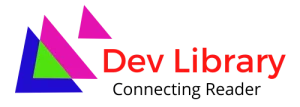Oops! Please Sign In
-
1 Answers
-

- Answered By Debita Singh
- Answer: 5 months ago
20. Explain any two credit control techniques adopted by the RBI.Ans: The principle methods or instruments of Credit Control used by the Central Bank are:(1) Quantitative or General Methods: These met...
Read More


